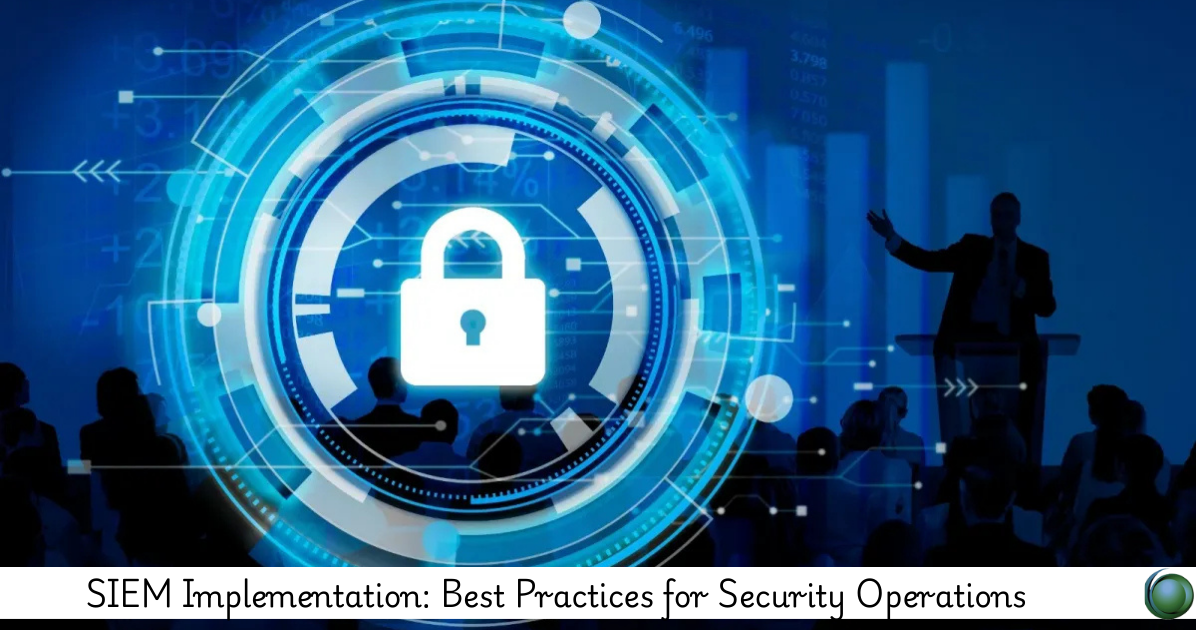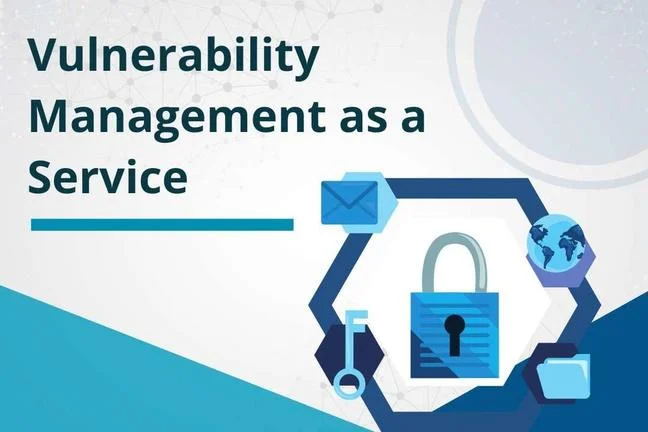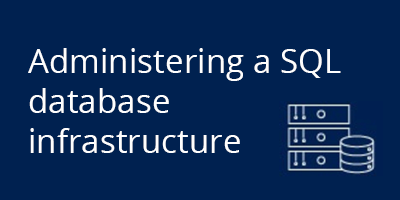Description
Introduction of SIEM Implementation for Security Operations
Security Information and Event Management (SIEM) solutions are critical for monitoring, detecting, and responding to cybersecurity threats in real-time. This course provides a structured approach to SIEM implementation, covering deployment strategies, log management, correlation rules, and security automation. Participants will gain hands-on knowledge of best practices to enhance security operations and compliance.
Prerequisites
- Basic understanding of cybersecurity principles.
- Familiarity with networking and system logs.
- Knowledge of security monitoring concepts.
Table of Contents
1. Introduction to SIEM Implementation for Security Operations
1.1 Understanding SIEM and Its Role in Cybersecurity
1.2 Key Benefits of SIEM for Security Operations
1.3 Challenges in SIEM Deployment and Management
1.4 Common Use Cases for SIEM Implementation
2. Planning and Designing SIEM Architecture
2.1 Defining Business and Security Requirements
2.2 SIEM Deployment Models: On-Prem, Cloud, and Hybrid
2.3 Choosing the Right SIEM Solution for Your Organization
2.4 Scalability and Performance Considerations
3. Log Management and Data Collection
3.1 Identifying Critical Log Sources: Network, Endpoint, Cloud, and Applications
3.2 Centralized Log Collection and Retention Policies
3.3 Data Normalization and Parsing Techniques
3.4 Ensuring Data Integrity and Secure Log Transmission
4. Implementing Correlation and Threat Detection Rules
4.1 Writing Effective Correlation Rules for Threat Detection
4.2 Behavioral Analysis and Anomaly Detection
4.3 Reducing False Positives and Noise Reduction Strategies
4.4 Using Threat Intelligence for Enhanced SIEM Accuracy(Ref: Advanced SIEM: Correlation, Analytics, and Threat Hunting)
5. Incident Response and Security Automation
5.1 Real-Time Alerting and Incident Prioritization
5.2 Automating Threat Response with SIEM and SOAR
5.3 Case Management and Forensic Investigation
5.4 Creating Automated Playbooks for Incident Handling
6. Compliance and Regulatory Considerations
6.1 Meeting Compliance Requirements: GDPR, HIPAA, PCI-DSS, and ISO 27001
6.2 Log Retention, Audit Trails, and Reporting
6.3 Generating Compliance Dashboards and Reports
6.4 Governance and Risk Management Strategies
7. Performance Optimization and Maintenance
7.1 SIEM Performance Tuning and Resource Optimization
7.2 Continuous Monitoring and Health Checks
7.3 Fine-Tuning Correlation Rules for Maximum Efficiency
7.4 Conducting Periodic Security Audits and Assessments
8. Future Trends in SIEM and Security Operations
8.1 AI and Machine Learning for Advanced Threat Detection
8.2 Evolution of SIEM: From Traditional to Next-Gen Solutions
8.3 Cloud-Native SIEM and XDR: Key Differences and Benefits
8.4 The Role of SIEM in Modern SOC Environments
Effective SIEM implementation is crucial for strengthening security operations and reducing response times to cyber threats. This course provides participants with best practices, hands-on methodologies, and real-world strategies to optimize SIEM solutions for proactive threat detection and compliance.







Reviews
There are no reviews yet.